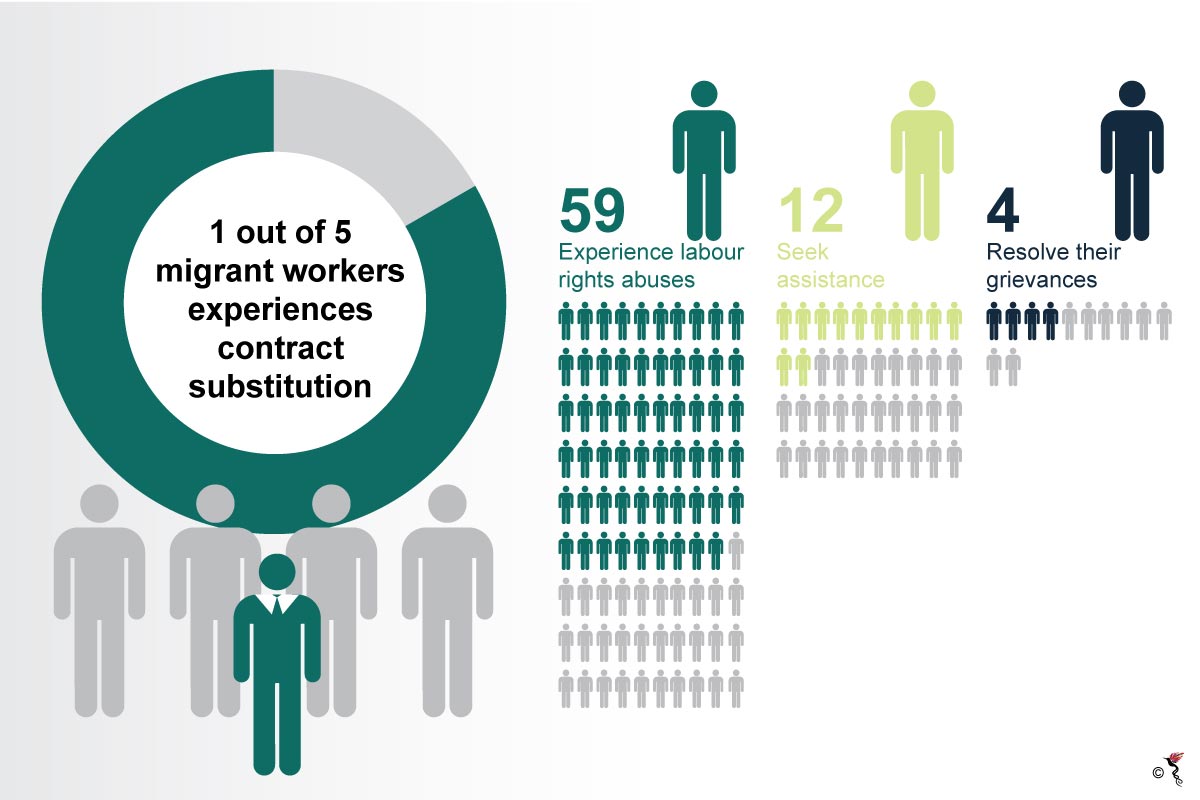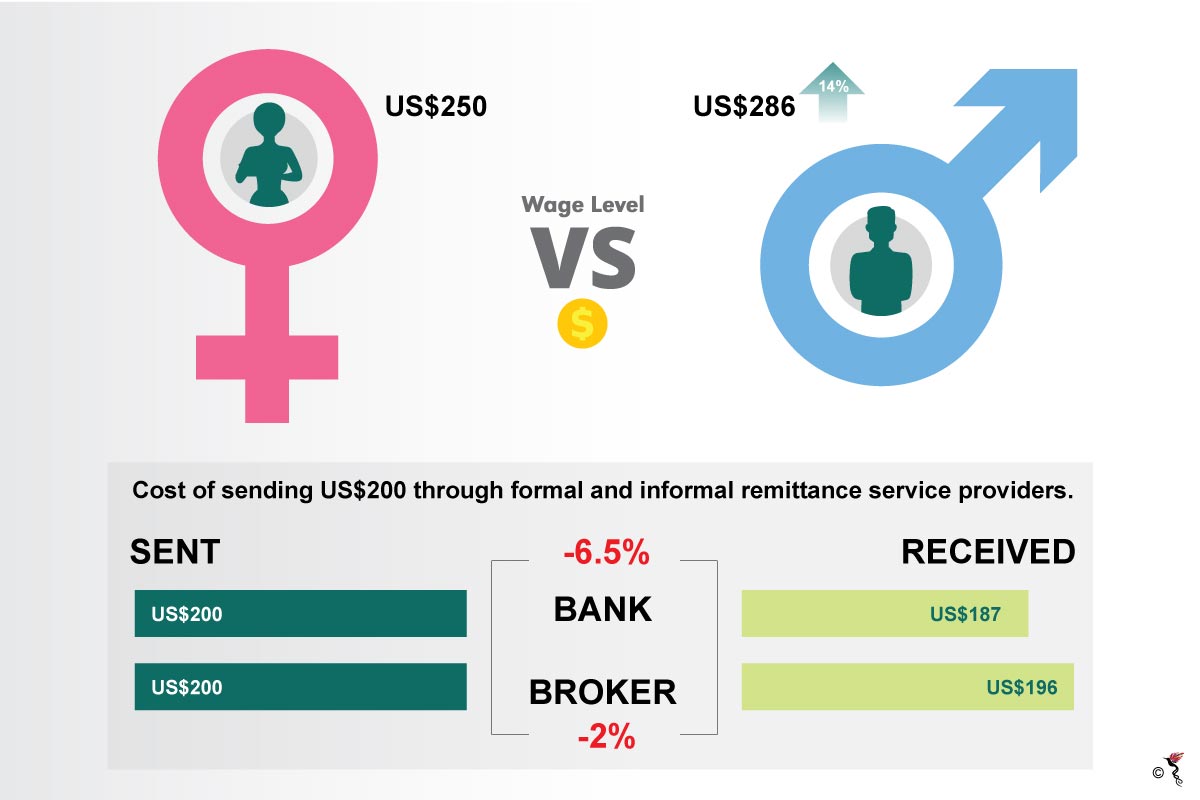For the past 20 years, labour migration has been a driving force behind the economic and social development of the Southeast Asian region and its people. It is widely acknowledged that migration has contributed to enhanced livelihoods in countries of origin and fills the voids of labour shortages in destination countries.
Among the Association of Southeast Asian Nations (ASEAN) member states, Brunei Darussalam, Malaysia, Singapore, and Thailand are viewed as countries of destination for labour migration, whereas Cambodia, Indonesia, Lao PDR, Myanmar, the Philippines, and Vietnam are known to be countries of origin.
Out of the four destination countries, Thailand and Malaysia have come out to be the leading destinations for some millions of migrant workers from all around Southeast Asia, as job opportunities and a stronger economy provide a better quality of life, according to a recent report released by the International Labour Organisation (ILO) and the International Organization for Migration (IOM).
The findings of the “Risk and Rewards: Outcomes of labour migration in Southeast Asia" report state that “although the socio-economic benefits of labour migration have not been maximized within the ASEAN region, positive outcomes can be achieved when migrant workers are provided with opportunities to enhance their job skills, avoid debt, receive the minimum wage, and find gainful employment upon return.”
The study also shows that labourers from the region have issues with pre-migration preparations, migration processes, remittances and financial inclusion amongst others.
Migration process
There is very little to no information at all regarding migration for workers. A measly 17 percent of them only receive relevant information to support their decision-making before going abroad.
In most cases, migrants are highly dependent on friends and family or brokers for advice about migration, as they are more trusted even if they are not official sources of information.
Financial Remittances
Financial remittances are undoubtedly a significant outcome of labour migration. 93 percent of migrants remitted funds back to their countries of origin with the average remittance amount being 177 dollars per month.
The amount of money sent home was greater for men than for women, but this was due to the gender-based wage gap, as both men and women remitted roughly two thirds of their income. The average cost of sending remittances was three per cent of the total amount but varied substantially depending on the availability and usage of formal or informal remittance channels.


Source: 'Risks and rewards: Outcomes of labour migration in South-East Asia'
ASEAN must take action
Lack of assurance of labour protections contribute to a situation where migration within ASEAN is often a gamble for migrant workers and their families. Migrants currently have limited ability to control whether they have a positive or negative migration experience, regardless of the decisions they make.
The report definitely reflects the complexities and realities of labour migration in the region. To support greater realisation of positive results, ILO suggests that “a shift in approach to migration is required within development policies.” The goal needs to be reframed to ensure the increased number of migrant workers will have a holistically beneficial labour migration experience, in all aspects.
“To a great extent, improving the odds of a positive outcome requires changes to policy and practice by duty bearers – governments, employers, and recruitment agencies – rather than to the behaviour of migrant workers,” it stated.
Recommended stories:
